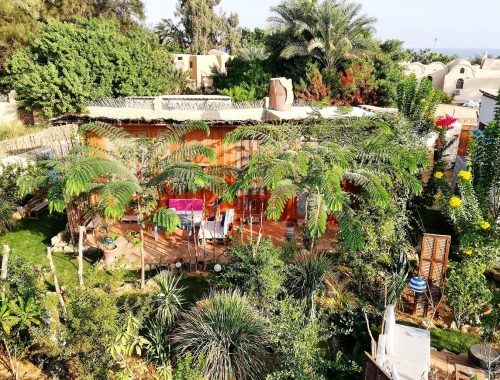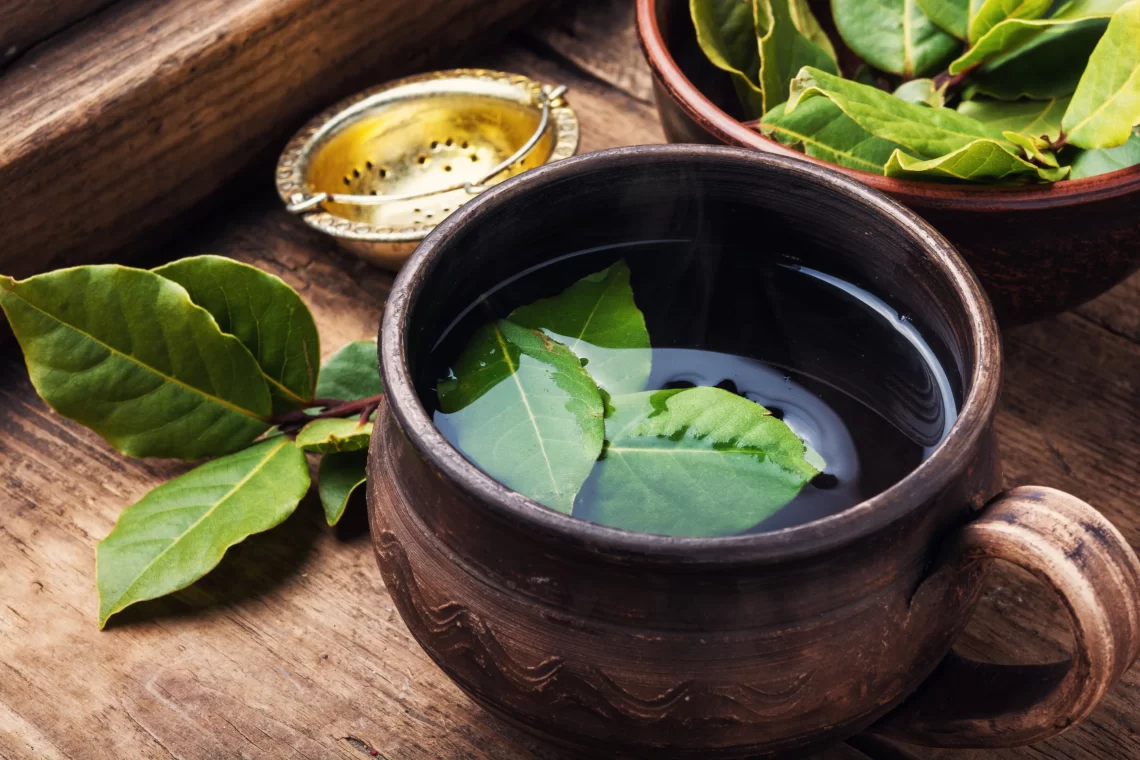
Herbal Teas from our Garden
One of my pleasures in life is tea. I used to consume a lot of Black Tea (actually still do) until I discovered the world of herbal teas. I started simple. Chamomille, Peppermint … the standards.
I learned about their health benefits and when to drink them. Ginger tea, for example, has become a staple of my diet, so is Habaq Tea. The fact that I can go out in my garden and cut fresh peppermint, or olive tree leaves along with some kefir lime leaves to brew in a tea has made it even more intriguing.
Brewing Tea out of fresh and pesticide free plants will get you the best of the garden instantaneously. Even better, brewing tea out of fresh plants is super easy. Just stick a handful of your greens in a pot and pour boiling water over them. Let boil for a few minutes and you have a delicious tea.
We’ve made you a list of plants that you can try in your next tea
Cuban Oregano

Cuban Oregano is neither Cuban nor Oregano. It is a succulent in the Lamiaceae family, also known as Spanish thyme, Indian borage, and Mexican mint. It is not a true oregano in the family, Origanum, but has a scent characteristic of the true oreganos.
Cuban oregano bears a strong menthol or camphor scent that intensifies when the leaves are crushed, so use this powerful seasoning carefully. It is most often used in dishes that include poultry, lamb, beef, and stuffing.
Cuban Oregano Tea contains compounds like carvacrol and terpenes that help cleanse the lungs. It can also help reduce inflammation and congestion in the lungs and improve airflow.
Habaq Mint
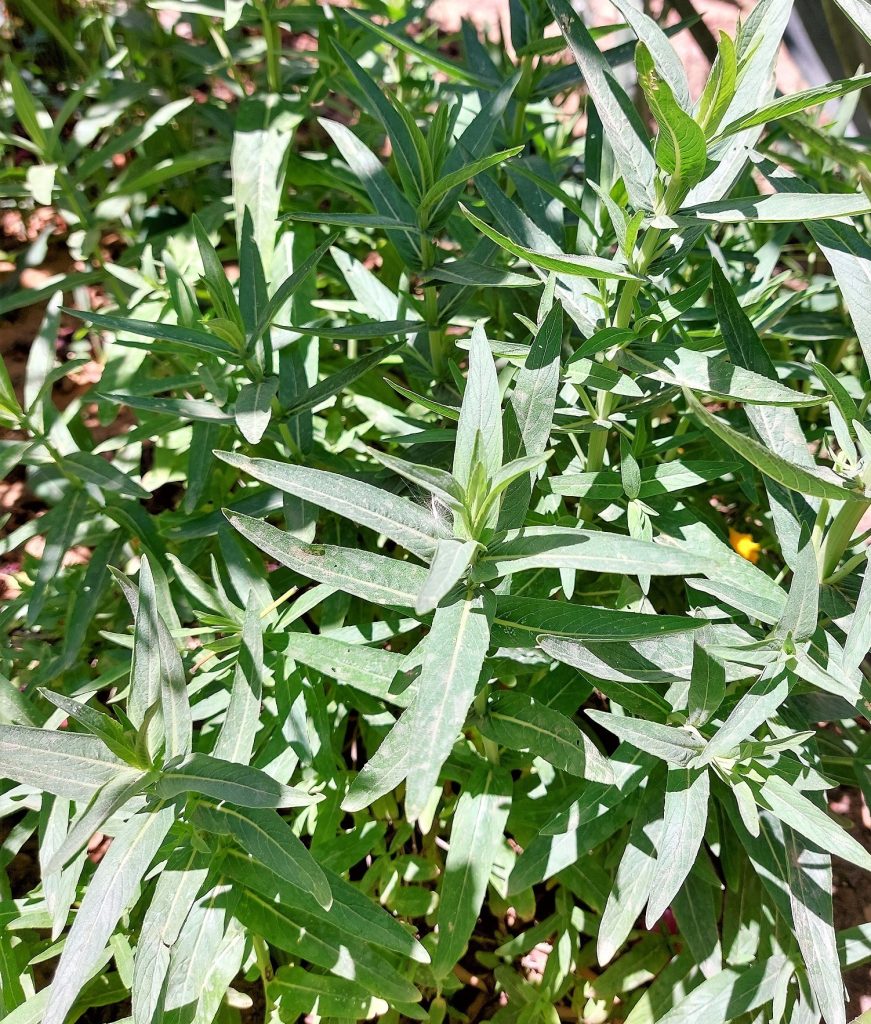
Habaq mint (Mentha longifolia ‘Habak’). Here in Egypt, we also call it Bedouin Mint.
Should you have visited the Sinai Peninsula before you most likely enjoyed this tea before. Boil some leaves in hot water, or add one leave to your black tea.
Wonderfully refreshing, this tea has a calming effect, detoxifies the body, soothes an upset stomach, improves digestion and reduces nausea
Lemongrass

Lemongrass is commonly used in Asian cuisines, especially those of Vietnam, Thailand, and Malaysia. It is used for adding flavor to beverages such as teas, curries, and soups. It is also found extensively in the preparation of pudding,meat products, candies, and baked goods.
The leaves and stalks are used to make lemongrass tea. Many use the stalks alone, but the leaves hold more flavor so use the whole grass minus the roots.
The leaves have so much flavor so (if possible) use the fresh lemongrass leaves for this recipe. But dry lemongrass pieces also work to well to make the tea. Serve hot or chilled. Or add it to any citrus juices, smoothies, and even popsicles.
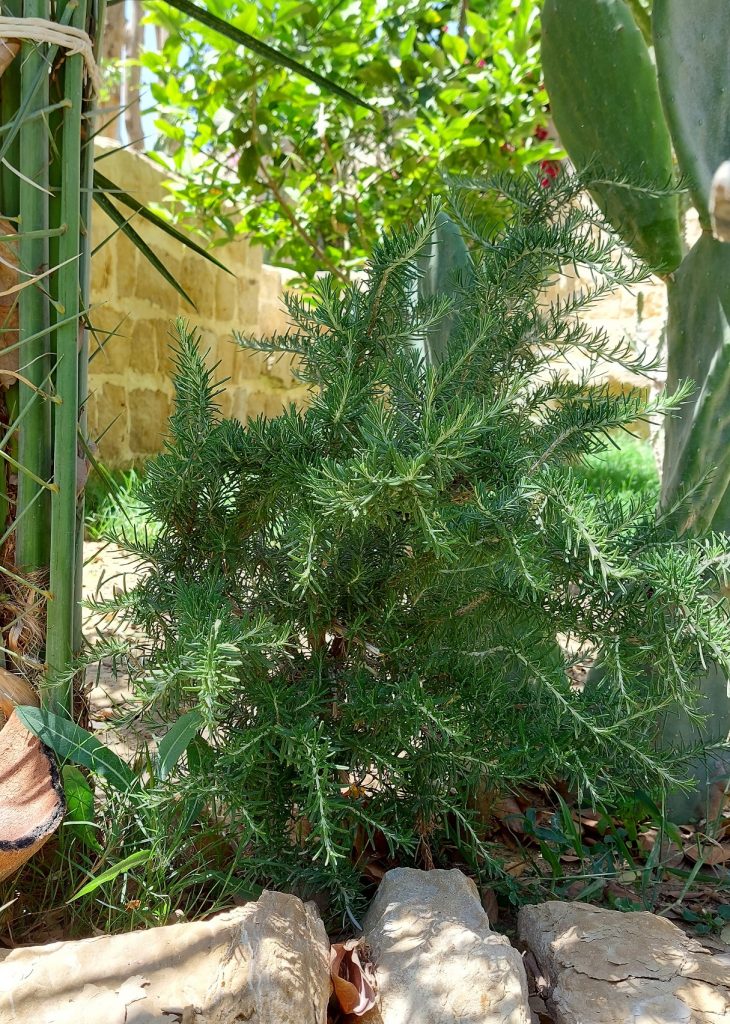
Rosemary
Rosemary is an herb that can potentially help improve gut health, boost memory, and improve mood. It also helps to reduce inflammation, relieve pain, and protect the immune system.
Pure Rosemary tea can be made very easily with a few sprigs of rosemary (you can use the whole including stems), hot water, and a dash of honey or sugar.
Try adding Rosemary in your black tea. It gives it a very nice aroma.
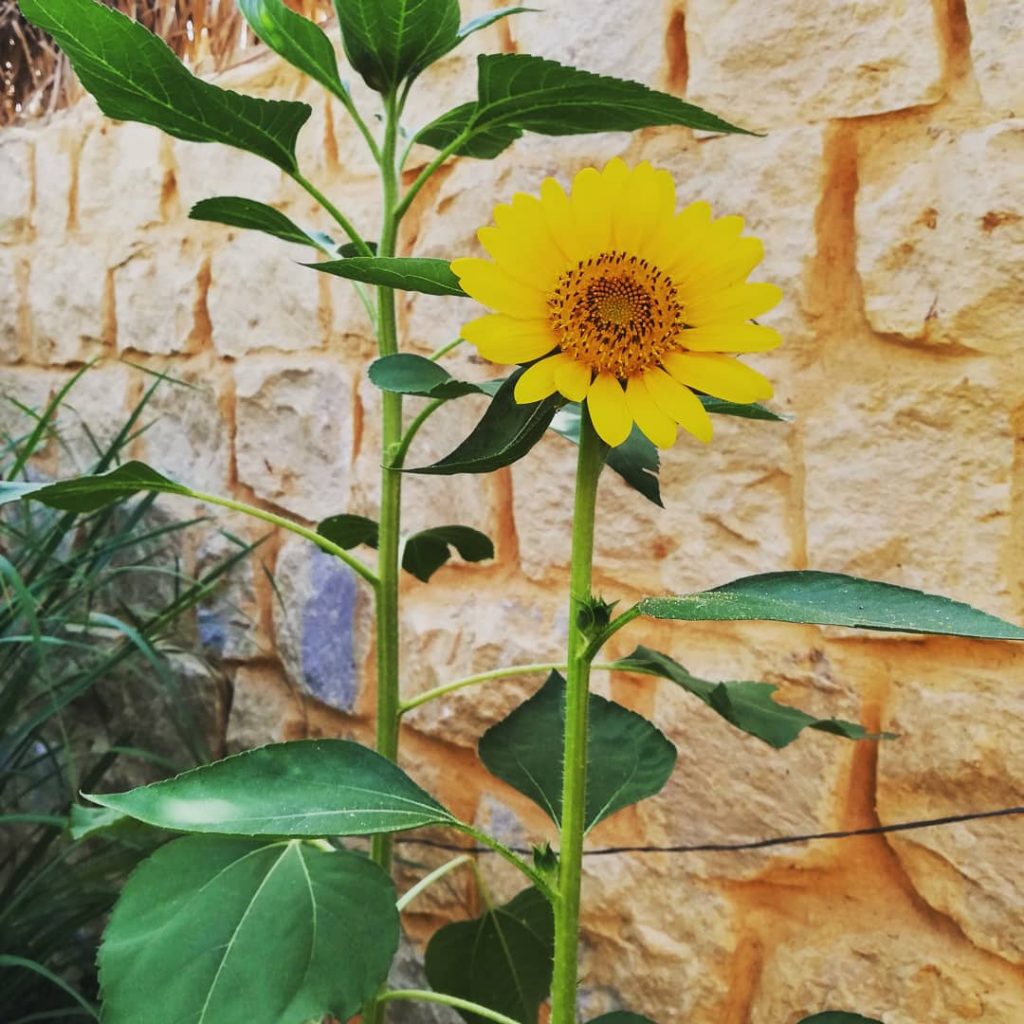
Sunflowers
Yes, we know. It is not a tea. We still wanna add them to the list here…
We grow sunflowers for their beauty and as food sources. Sunflower seeds are a delicacy for birds but also for humans.
Sunflower plants are edible in their entirety: the leaves, the petals, the roots, the stalks, the shells, and our favorite, the seeds.
Sunflower leaves, for example, can be eaten raw, fried, boiled, or added in with other foods. The age of the leaves determines how you would want to eat them as they become bitter the older they are. Young fresh leaves taste great in a salad.
Disclaimer: The garden is big so there is more to come …
You May Also Like
